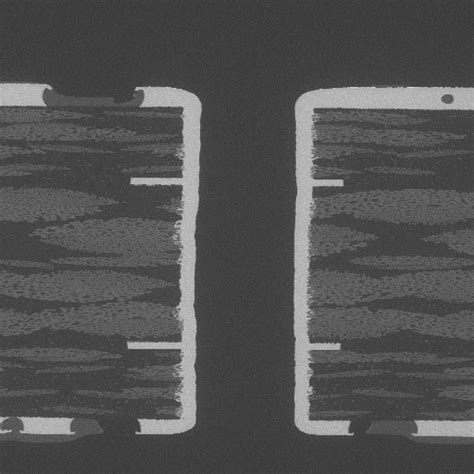
ALL ABOUT FLEX PCB
-
Through hole Assembly
Posted by
–
 Read more: Through hole Assembly
Read more: Through hole AssemblyWhat is Through-hole Assembly? Through-hole assembly, also known as through-hole technology (THT), is a method of mounting electronic components on a printed circuit board (PCB) by inserting component leads through holes drilled in the board and soldering them to pads on the opposite side. This assembly technique has been widely […]
-
Selective soldering PCB Technical Details
Posted by
–
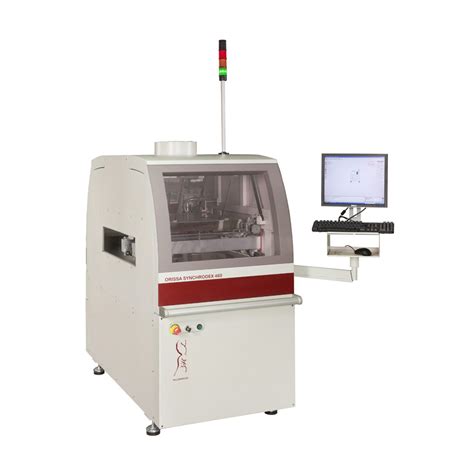 Read more: Selective soldering PCB Technical Details
Read more: Selective soldering PCB Technical DetailsIntroduction to Selective Soldering Selective soldering is a process used in printed circuit board (PCB) assembly where specific components are soldered onto the board without affecting nearby components. This technique allows for precise soldering of selected components while leaving heat-sensitive or pre-assembled components intact. Selective soldering offers several advantages over […]
-
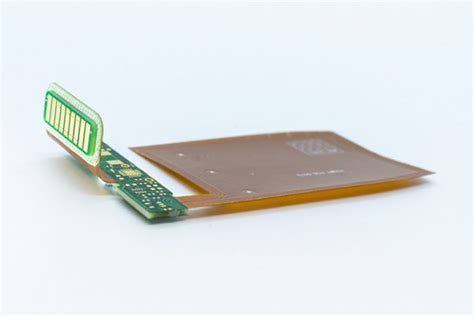 Read more: What Are the Best Ways to Use Flexible and Flex-Rigid PCBs?
Read more: What Are the Best Ways to Use Flexible and Flex-Rigid PCBs?Introduction to Flex and Flex-Rigid PCBs Flexible printed circuit boards (PCBs) and flex-rigid PCBs are versatile interconnect solutions that offer many advantages over traditional rigid PCBs. Flex PCBs consist of a thin insulating polymer film laminated with conductive copper traces. This allows the PCB to bend, fold, and flex, enabling […]
-
60% Keyboard PCB-How To Build
Posted by
–
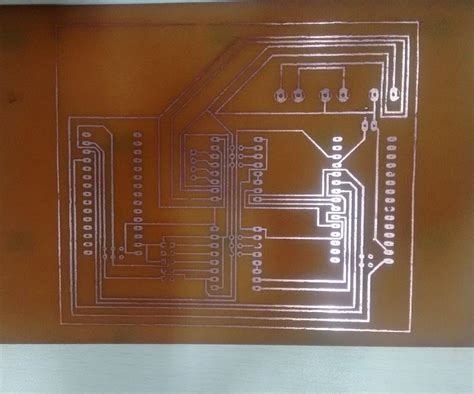 Read more: 60% Keyboard PCB-How To Build
Read more: 60% Keyboard PCB-How To BuildIntroduction to 60% Keyboard PCBs A 60% keyboard PCB is a compact and efficient printed circuit board designed for mechanical keyboard enthusiasts who prefer a minimalist layout without compromising functionality. This article will guide you through the process of building your own 60% keyboard PCB, from understanding the components and […]
-
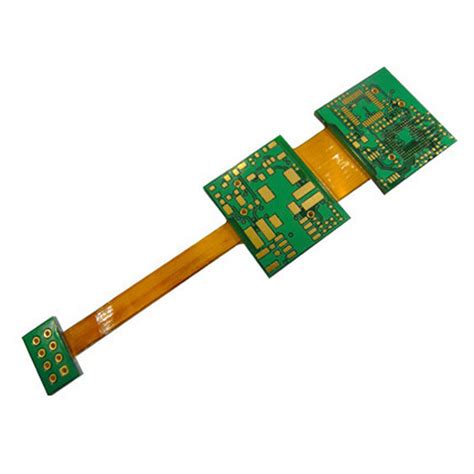 Read more: Flexible Rigid PCB – How to Make its Assembly Look Simpler And More Reliable
Read more: Flexible Rigid PCB – How to Make its Assembly Look Simpler And More ReliableIntroduction to Flex-Rigid PCBs Flexible Rigid PCBs, also known as Flex-Rigid PCBs or simply Rigid-Flex PCBs, are a unique combination of rigid and flexible printed circuit board technologies. This innovative design allows for the integration of both rigid and flexible substrates into a single circuit board, offering numerous advantages over […]
-
How A 3 Layer PCB Is Stacked Up
Posted by
–
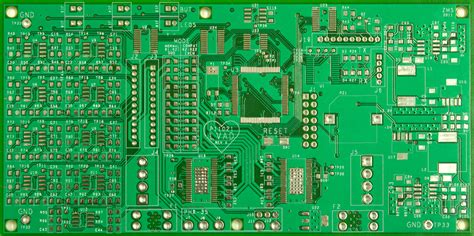 Read more: How A 3 Layer PCB Is Stacked Up
Read more: How A 3 Layer PCB Is Stacked UpIntroduction to PCB Stackup A printed circuit board (PCB) is a fundamental component in modern electronics. It provides a platform for mounting and interconnecting electronic components to create a functional circuit. The arrangement of layers in a PCB, known as the PCB stackup, plays a crucial role in determining the […]
-
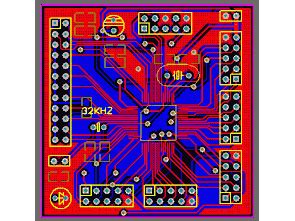 Read more: Protel PCB: Basic Knowledge in Definition, Features, and Advantages
Read more: Protel PCB: Basic Knowledge in Definition, Features, and AdvantagesWhat is Protel PCB? Protel PCB, also known as Altium Designer, is a powerful and versatile software tool used for designing printed circuit boards (PCBs). It is widely used by electronics engineers and PCB designers to create high-quality, complex PCB layouts for various applications, from simple circuits to advanced multi-layered […]
-
 Read more: Transistor Flip Flop: A Sequential Logic Circuit for Storing Binary Data
Read more: Transistor Flip Flop: A Sequential Logic Circuit for Storing Binary DataIntroduction to Transistor Flip Flops A transistor flip flop is a type of electronic circuit that is commonly used in digital systems to store and maintain binary data. It is a fundamental building block of sequential logic circuits, which are essential for creating memory elements, registers, and counters in digital […]
-
Frequency to Voltage Converter: A Proportional Mechanical to Electrical Signal Converter
Posted by
–
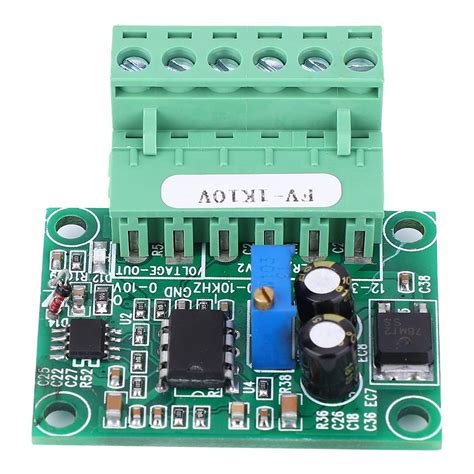 Read more: Frequency to Voltage Converter: A Proportional Mechanical to Electrical Signal Converter
Read more: Frequency to Voltage Converter: A Proportional Mechanical to Electrical Signal ConverterIntroduction to Frequency-Voltage Converters A frequency-voltage converter, also known as an F/V converter or a frequency to voltage converter, is an electronic device that converts a frequency signal into a proportional voltage signal. This conversion is essential in various applications, such as sensor interfacing, motor speed control, and audio signal […]
-
7 Segment Display:How Does it Work?
Posted by
–
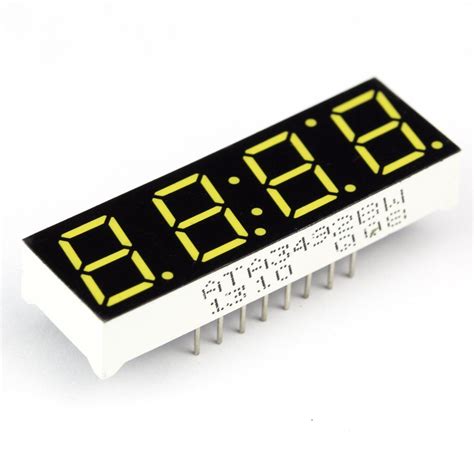 Read more: 7 Segment Display:How Does it Work?
Read more: 7 Segment Display:How Does it Work?What is a 7 Segment Display? A 7 segment display is an device containing seven illuminating segments arranged in a rectangular fashion, as illustrated below. Typically the segments are LEDs (light-emitting diodes), but other technologies like LCDs, VFDs, and even incandescent bulbs have been used in the past. _ _ […]




